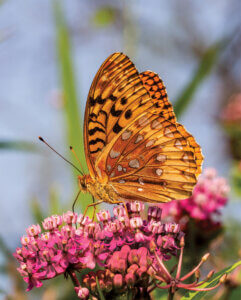
Three outdoorswomen find satisfaction in forestry in West Virginia
This story was originally published in the March 2023 issue of Wonderful West Virginia.
To subscribe, visit wonderfulwv.com
Written by Caryn Gresham
Photography courtesy of Mary Beth Adams
Mary Beth Adams is fascinated with soil and its effects on forests. Melissa Thomas-VanGundy is tracking the success of hybrid American chestnut trees. Charley Kelly works on a national biochar program and the possibilities of biochar’s uses in regenerating soils.
These West Virginia scientists belong to a growing community of women who are finding their places in forestry. Through their work, they are dispelling the image of foresters as people who simply decide when and how to cut down trees—they are making connections between forests, conservation, and education to ensure our beloved forests thrive.
Soils Speak Her Language
Mary Beth Adams got her first taste of forestry in high school when her parents told her to get a job.
“I joined the Youth Conservation Corps and worked at the Muscatatuck National Wildlife Refuge in Indiana,” says Adams. “We spent most of our time outdoors and some time in environmental education classes.”
After high school, Adams studied forestry at Purdue University. “I had an amazing forest soils science instructor and fell in love with soils,” she says. “I liked learning how soil systems affect everything in the forest. It’s like learning a new language.” She received her bachelor’s and master’s degrees in forestry at Purdue and her doctorate in soil science and forestry from North Carolina State.
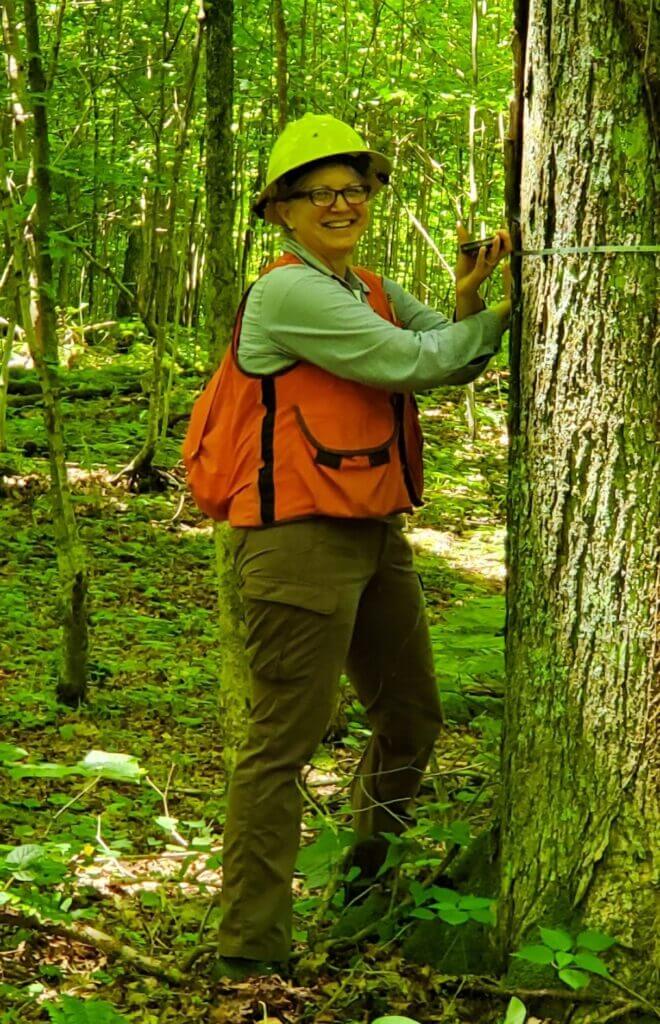
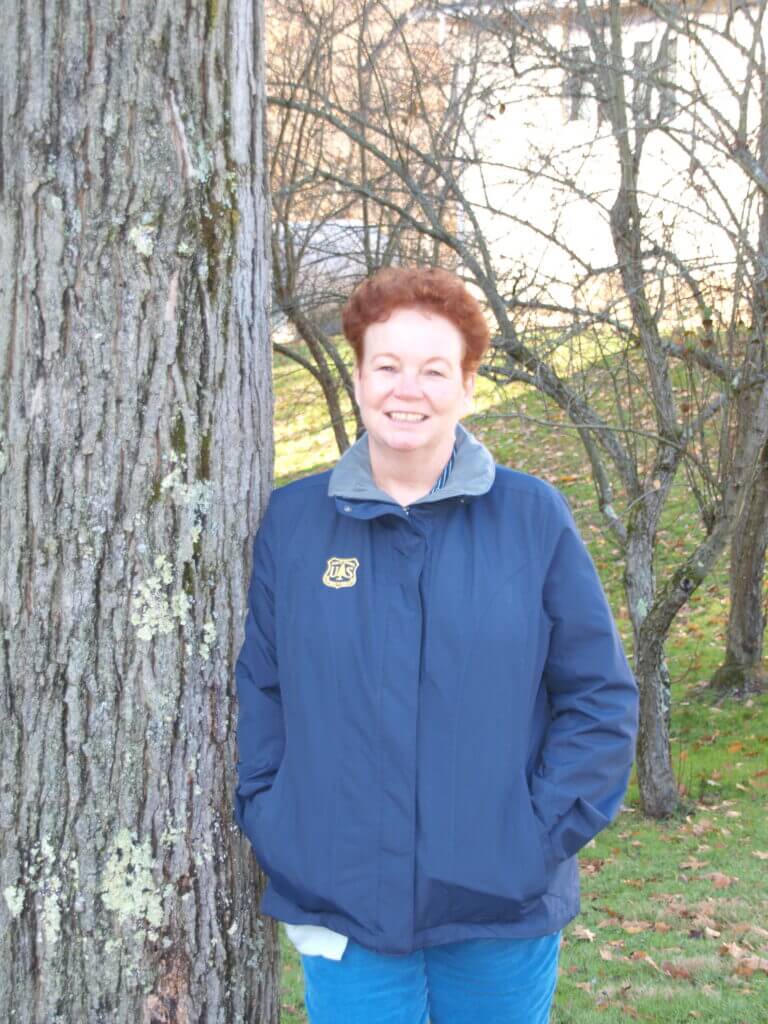
In the 1980s, there were no women in the forestry programs ahead of her and only a handful in her classes. Adams had encouraging mentors, however, and followed their example by paying it forward. “Mentoring and networking are invaluable opportunities to teach, to learn, and to gain access to new ideas,” she says.
Adams did post-doctoral work at the National Laboratory in Oak Ridge, Tennessee, to determine how pollution affected the growth of loblolly pines. Her work directly impacted the Environmental Protection Agency’s Clean Air Amendments of 1990. “It is incredibly powerful to be involved in national legislation,” she says. “It is empowering to know you have a positive effect on management of forests at the state and national levels.”
She joined the U.S. Department of Agriculture Forest Service in its Philadelphia office and synthesized the research others were doing. “I missed doing research so, when a soil science research position came open at the Fernow Experimental Forest, I moved to West Virginia,” says Adams. “The Fernow is a beautiful forest. I thought I would move into administration over a few years, but research is where my heart is.”
During her 20 years at Fernow as research project leader and scientist in charge, she pursued her interest in the ways water and nutrients move through forest ecosystems and how to use that knowledge to sustain the productivity of forest ecosystems.
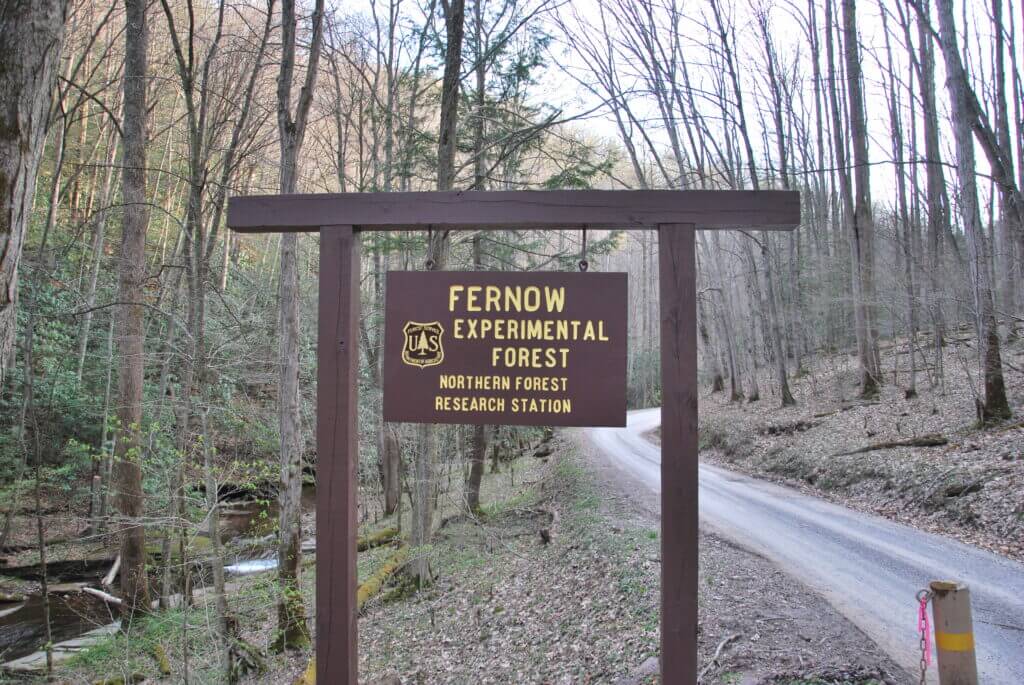
Adams has been affiliated with the West Virginia University Davis College of Agriculture, Natural Resources and Design since the early 1990s. She is retired and serves as a USDA Forest Service emeritus research soil scientist. “I love this work. I tell people who ask when I’m going to really retire that I’m having fun!”
Adams encourages people who are interested in sustainability to ask questions and try to answer them. “That’s how we find solutions to further our work,” she says. “Once you find an answer, apply it and help others with it!”
Bison Trails, Old Deeds, and Diversity
Melissa Thomas-Van Gundy celebrated her 16th birthday on a West Virginia camping and caving trip led by her Earth sciences teacher and quickly fell for the state and its mountains.
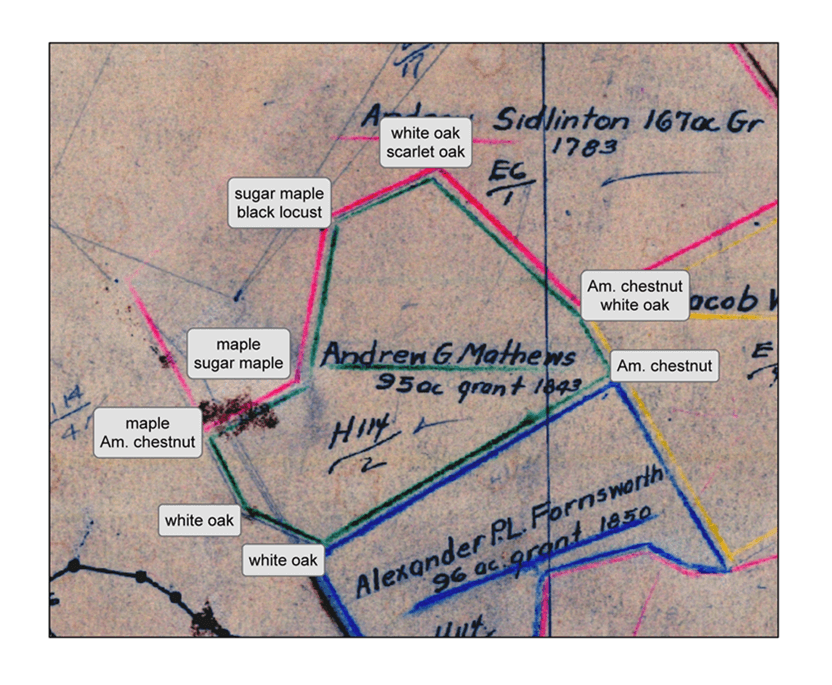
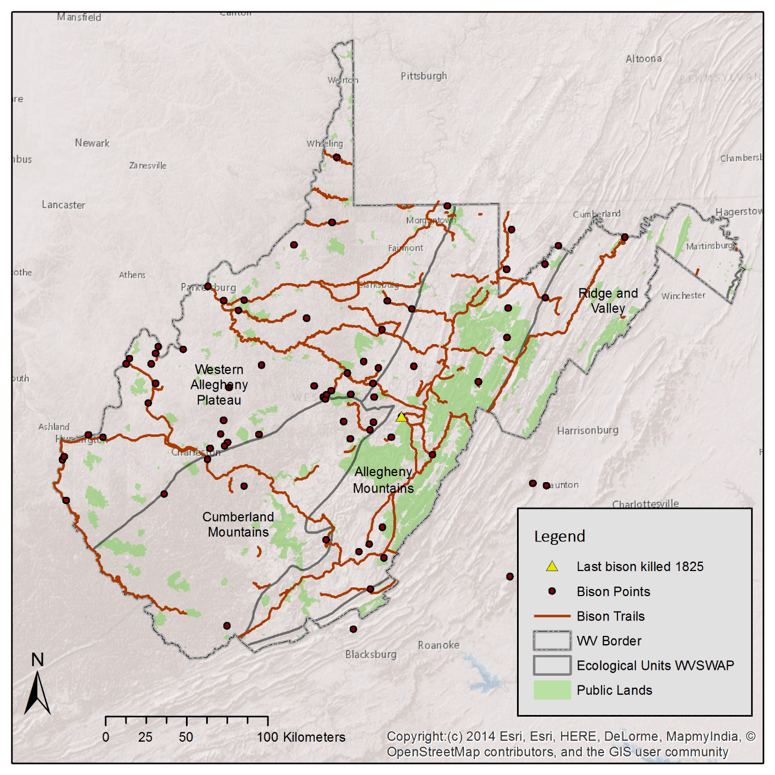
“My parents grew up on farms and instilled in me an appreciation for the land, conservation, and sustainability,” says Thomas-Van Gundy. She had her first brush with forestry as an Explorer Scout harvesting dead and dying trees to sell for firewood. Her early life experiences led her to earn a bachelor’s degree in pre-forestry from Davis and Elkins College and a master’s degree in resource management/silviculture from the State University of New York College of Environmental Science and Forestry. She landed in West Virginia when she set out to complete a doctorate in forest resources sciences from West Virginia University.
“I have been fortunate to have men and women mentors encourage my interests,” says Thomas-VanGundy. She now mentors new Forest Service employees and graduate students at WVU and Virginia Tech, and she sees more women entering forestry as they discover its diverse opportunities.
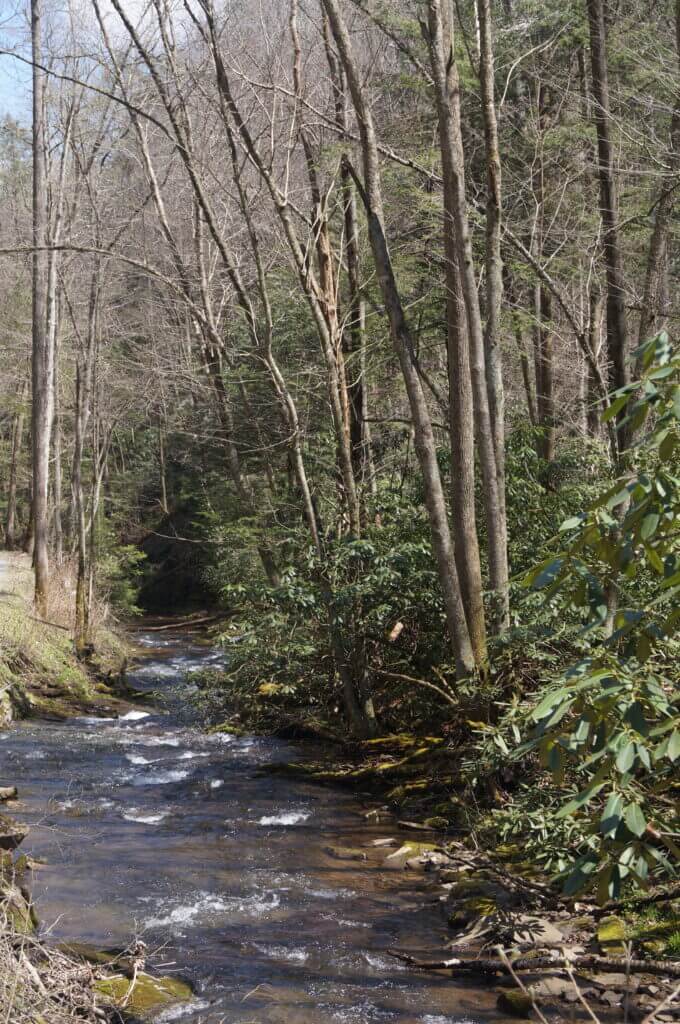
As USDA Forest Service project leader and research forester at the Northern Research Station in Parsons, Thomas-Van Gundy enjoys research that can keep forests healthy. Her primary research is in silviculture, studying ways to ensure that forests and woodlands are managed sustainably as they meet competing needs for industrial resources, wildlife habitat, clean water, and recreation. She is on a research team that is tracking planted hybrid American chestnut trees. Although the hybrids are only somewhat more blight-resistant than native American chestnuts, some show rapid growth and good form and may be useful in further breeding efforts.
Forestry is applied forest ecology, she says—so information about a forest’s history can help us manage it for the future. Her research includes reconstructing landscape histories that detail which trees grew in a given location years ago and how fires, timbering, and other disturbances led to changes. “This gives us a glimpse of what was here and helps us consider what we could bring back to the forest.”
In one example of this work, Thomas-VanGundy and a West Virginia Division of Natural Resources team used a 1989 U.S. Fish and Wildlife Service print map to develop a digital map of bison and elk trails. “Using sources such as county histories and travelers’ accounts for mentions of bison and elk trails and sightings, the researcher detailed the animals’ paths through West Virginia,” she says.
In another example, where little old growth forest remains, old documents help reconstruct the past. In the 1930s, Forest Service employees gathered property deeds for land within the Monongahela National Forest. These deeds, some dating to 1752, identified specific individual trees as the corners of surveyed plots. Relying on this unintended source of ecological data, Forest Service staff drew maps illustrating the information. Thomas-Van Gundy used these maps decades later.
“Combining specific locations of trees with soil type, aspect, elevation, and landform, we learn so much about which species occurred together and where they grew,” she says. “Using species traits, we can suggest where fire may have been important in shaping Eastern hardwood and pine forests. This helps inform plans to ensure a healthy, growing forest.”
Making a Difference for Everyone
Charley Kelly was an environmental biology major at the University of Dayton who wanted to actively manage ecosystems to promote the many benefits they can provide, like cleaner water and air. She entered forestry because it gave her the opportunity to do that.
Kelly received her bachelor’s degree in biology from University of Dayton and a master’s degree in environmental biology at WVU. Her doctorate in forestry at Virginia Tech University focused on forest soil science, and she did post-doctoral work on mine land reclamation for the U.S. Geological Survey in Denver, Colorado. She worked on conservation stewardship for the Southern Appalachian Highlands Conservancy in Asheville, North Carolina.

Kelly joined Adams at Fernow to study the effects that nutrient and acid deposition in watersheds have on carbon storage in forests and on excess nutrients in stream water. She researched how eroded and exhausted forest and pasture lands could be improved and revitalized. Working with the Natural Resource Conservation Service on projects at J. W. Ruby Research Farm in Reedsville, Kelly strived to help determine how best to promote sustainable soil fertility and water quality and reduce the emission of greenhouse gases using approaches in conservation rotational grazing.
As a teaching associate professor in the WVU Davis College, she shares her knowledge of ecosystem functions and services with students in Introduction to Soil Sciences as well as in her Ecology and Management of Forest Soils and her Forest Management courses. “I work with a broad array of students, many of whom have a passion for conservation, restoration, and healthy ecosystems,” says Kelly. “I encourage them to understand that how we treat soils affects the quality of water, air, and other ecosystem services we rely on.”
Kelly serves on the Mid-Atlantic Sustainable Biomass Consortium for Value-Added Products. Funded by the National Institute for Food and Agriculture, this consortium of university, business, and government organizations is developing sustainable and economically feasible biomass products for the mid-Atlantic region.
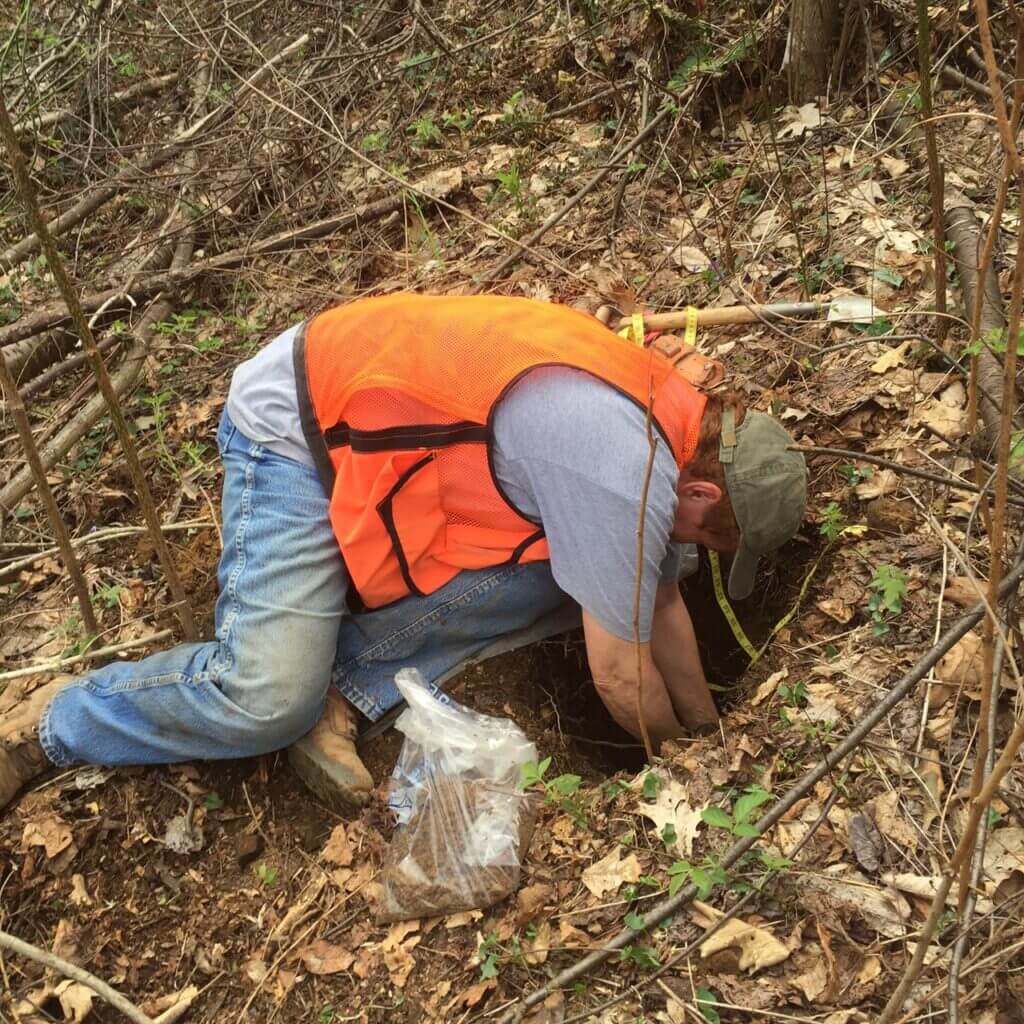
“We are investigating how to use biochar in restoration and reclamation of marginal landscapes where agriculture is no longer possible,” Kelly explains. A charcoal-like substance, biochar is made by burning the organic material from agriculture and forest wastes in a controlled process. “Biochar is produced in a process that stabilizes the carbon,” she says. “It can help retain nutrients and water when applied to soils. This can help with revegetation or crop success.”
Students in the WVU forestry master’s program are assisting by monitoring projects where biochar was applied to marginal agricultural soils in north central West Virginia and in a mine land reclamation project near Jane Lew.
“The more innovative we are with our thinking and the more we work toward sustainability, the better we are making the place we live,” Kelly says.





